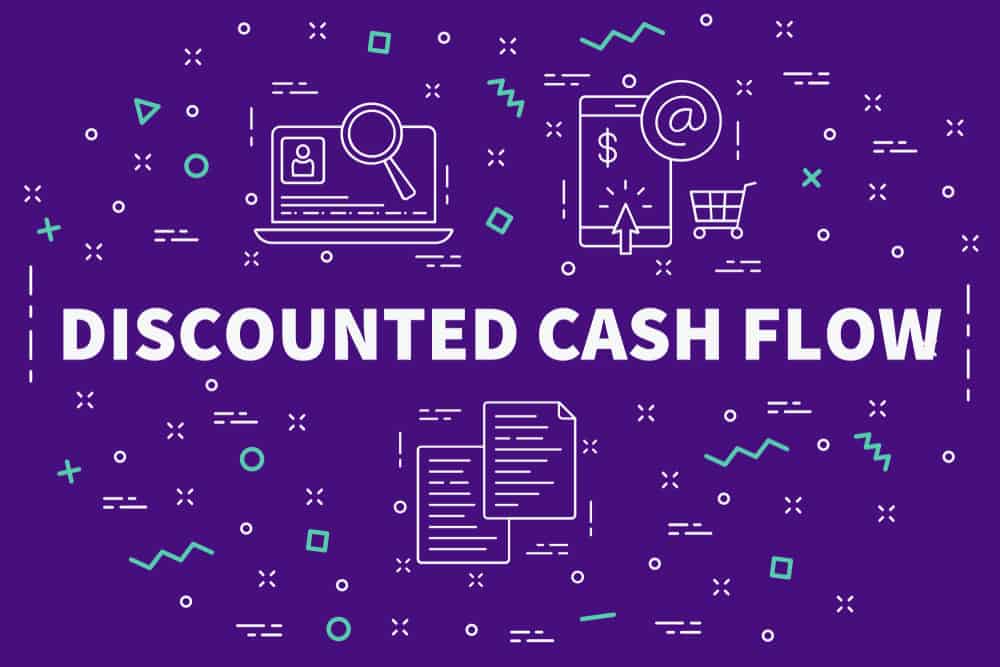
Central banks play an integral role in implementing a government’s monetary policy. One of the major factors that affect the health of any economy is inflation, and to keep it under control, a central bank can decide to raise or reduce interest rates.
There are, however, various mechanisms that a central bank can use to adjust interest rates, such as open market operations and changing the discount rate.
The purpose of this article is to discuss what the discount rate is and how it works, using the US Federal Reserve bank as our case study.

Discount Rate Definition
The discount rate has two different meanings and applications, depending on the context.
Firstly, the discount rate can refer to the interest rate that the Federal Reserve (Fed) charges depository institutions such as commercial banks and other financial institutions on overnight loans.
Secondly, the interest rate used in discounted cash flow (DCF) analysis to calculate the present value of future cash flows is also referred to as the discount rate. Using it in this way can determine whether an investment project has the likelihood of being financially feasible or not. Note that we will not be going into DCF analysis in this article, as the use of the discount rate by the Fed is more applicable to us as traders.
The discount rate is an important tool in monetary policy, and changes in the rate have a direct impact on the economy.
How Does the Discount Rate Work?
Commercial banks in the US have two ways at their disposal to borrow money for their short-term needs. The first way is through market-driven interbank loans, which do not require any collateral.
The second way is by borrowing from the Federal Reserve Bank.
Loans from the Fed are handled by their 12 regional branches, and once the discount rate has been determined, it is approved by the Fed’s Board of Governors.
This lending facility from the Fed is known as the discount window, which financial institutions use to cover cash shortfalls, to deal with liquidity issues, or even to prevent a bank from failing. We will discuss the term ‘discount window’ in more detail during the next section of this article.
When the Fed wants to encourage borrowing and spending, it lowers the discount rate. This makes it cheaper for banks to borrow from the Fed, and they can pass on these savings to customers in the form of lower interest rates. This encourages businesses to invest and expand, and consumers to spend, which boosts economic activity.
Conversely, when the Fed wants to discourage borrowing and spending, it raises the discount rate. This makes it more expensive for banks to borrow from the Fed, and they will raise interest rates on loans to customers in order to make up for this cost. This discourages businesses from investing and expanding, and consumers from spending, which slows economic activity.

Discount Window Loans
The Federal Reserve discount window program offers three tiers of loans: the primary credit program, the secondary credit program, and the seasonal credit program.
- The primary credit program is offered at a discount rate that is available to financial institutions that have a history of good credit. The primary credit rate is typically higher than existing interest rates from other banks.
- The secondary credit program offers similar loans to financial institutions that do not qualify for the primary credit program, and is typically set at 50 basis points higher than the primary rate. This program is meant for smaller institutions that are less financially healthy than the ones in the primary program.
- The seasonal credit program is meant for smaller financial institutions such as regional banks that experience seasonal fluctuations in their cash flows. These businesses are considered riskier than others, meaning that they pay higher interest rates.
Use of the Discount Rate
Financial institutions do not often use the Fed’s discount rate facility, simply because they can mostly attain lower borrowing rates from other banks.
The Fed’s discount loans are generally used as a last resort and are primarily intended to help banks that are in financial distress. That being said, borrowing from the Fed may also be seen as weakness and scare investors and market participants.
During periods of economic hardship, such as recessions, the use of the Fed’s discount window programs tends to spike. During periods such as these, the central bank can step in and inject liquidity into the financial system in an attempt to stimulate the economy and to soften the blow of a recession.
When an extreme financial crisis takes hold, like in the 2008 credit crisis, the Fed can even extend the lending period of its programs from the normal overnight period to 30 days or even more.
These are just temporary measures that the Fed can use to regain control over the economy during such extreme events, but as soon as signs of economic recovery are seen, they will revert back to the overnight lending period.
Conclusion
The discount rate might not be a familiar financial term for many, but it is an important tool that central banks use to influence the level of economic activity. Although most commercial banks can borrow money from other banks for their short-term needs, situations do arise where they can approach the Federal Reserve and make use of its discount window program, but this is mostly done as a last resort and during tough financial times.
In this article, we mainly focused on how the discount rate is implemented by the Fed in the US, but other central banks, such as the Bank of England (BoE) and European Central Bank (ECB), to name a few, use similar processes, though they might be named slightly differently.
Hopefully, you will now have a better understanding of what the discount rate is in the world of economics and appreciate its importance when it comes to monetary policy.
People Also Read
Forextraders' Broker of the Month
BlackBull Markets is a reliable and well-respected trading platform that provides its customers with high-quality access to a wide range of asset groups. The broker is headquartered in New Zealand which explains why it has flown under the radar for a few years but it is a great broker that is now building a global following. The BlackBull Markets site is intuitive and easy to use, making it an ideal choice for beginners.
